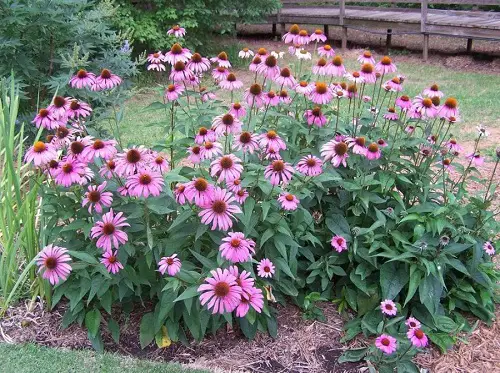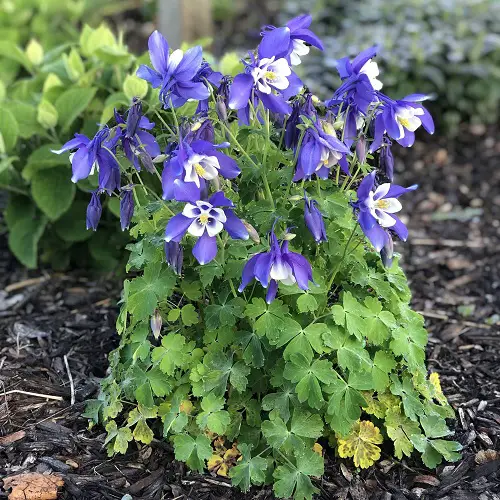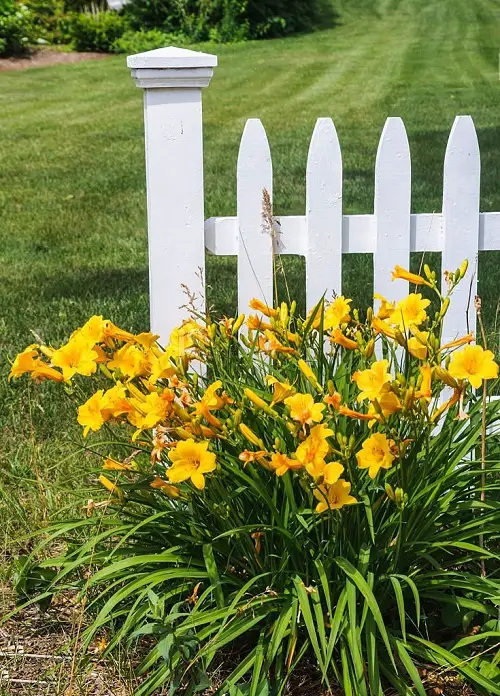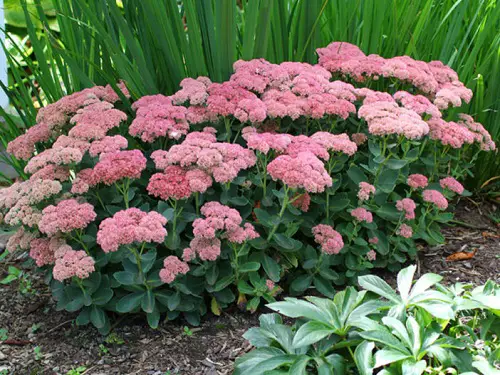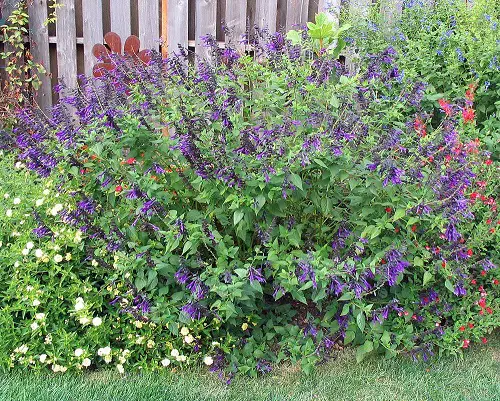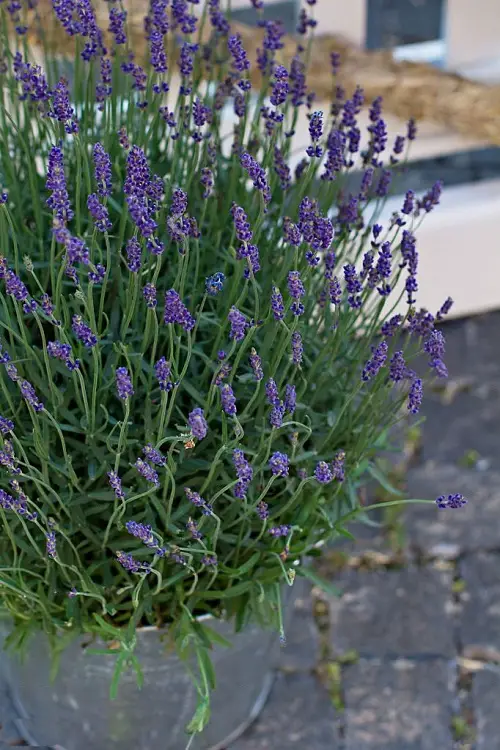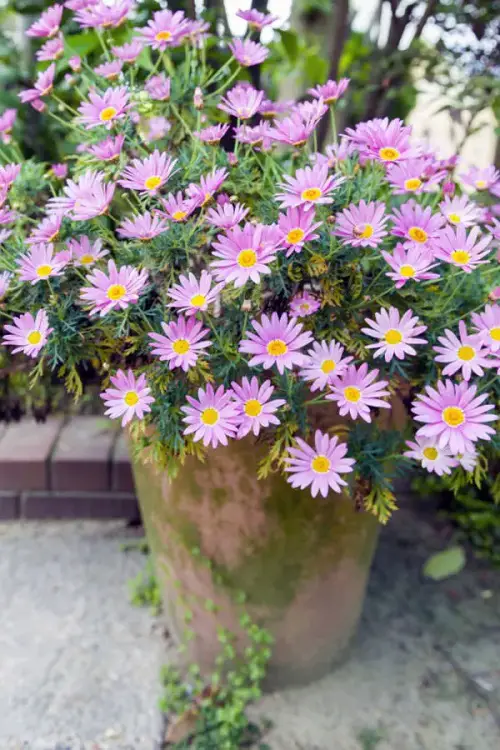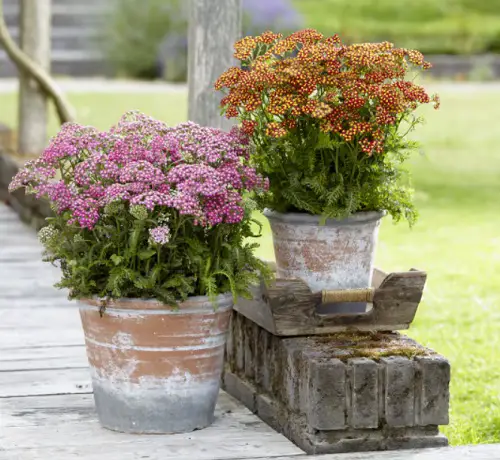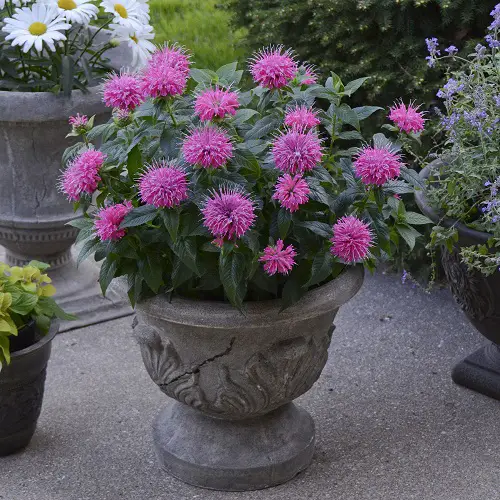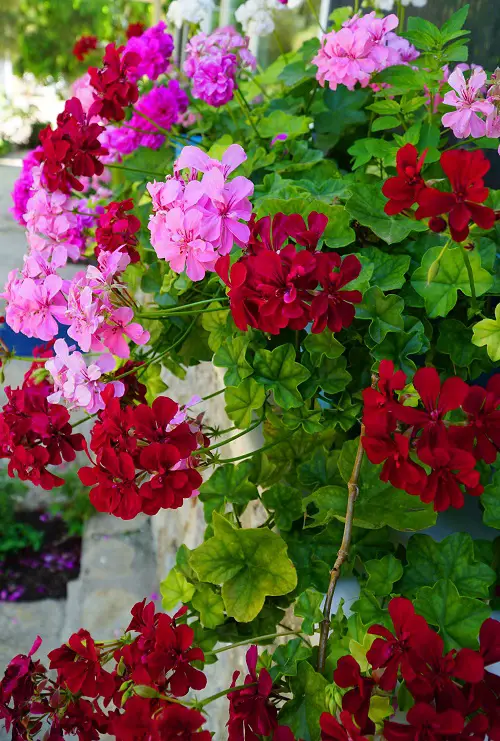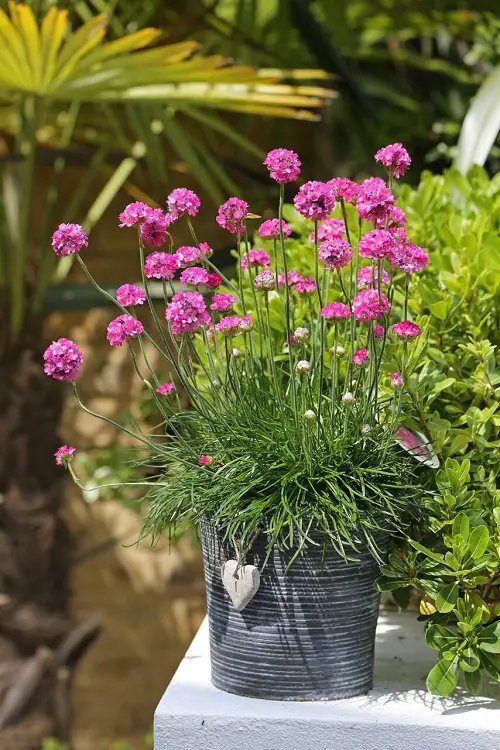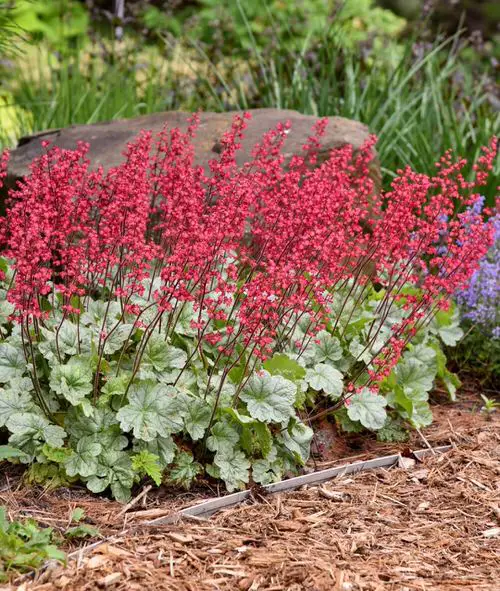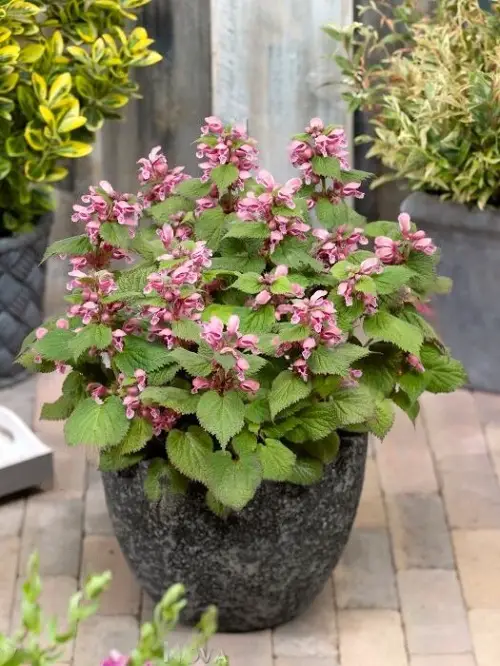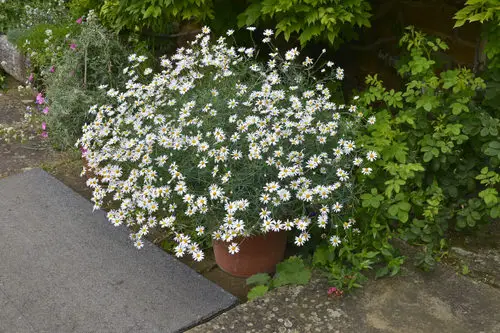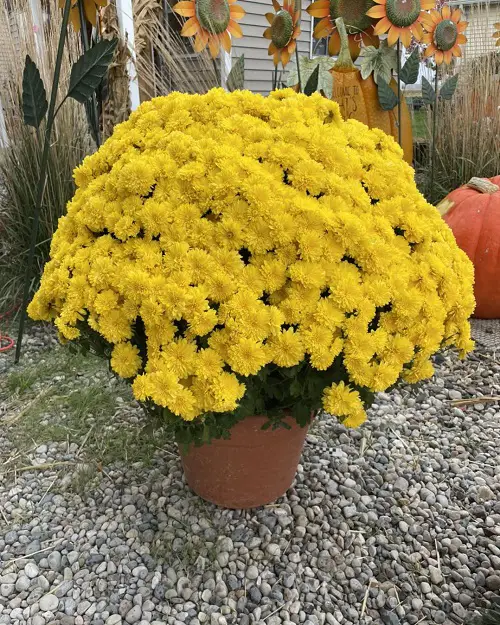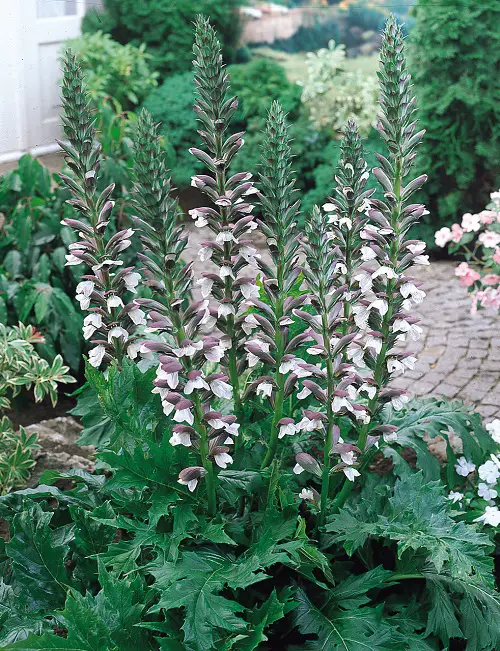Do you know about some stunning Flowers that Come Back Every Year? This guide will suggest some of the best options.
Annual flowers bring a burst of color and fresh blooms, while perennial plants offer a more sustainable and low-maintenance option for a beautiful garden. This guide offers a comprehensive list of the Flowers that come back every year!
Check out Perennial Flowers that Bloom All Summer
Flowers that Come Back Every Year
1. Peonies
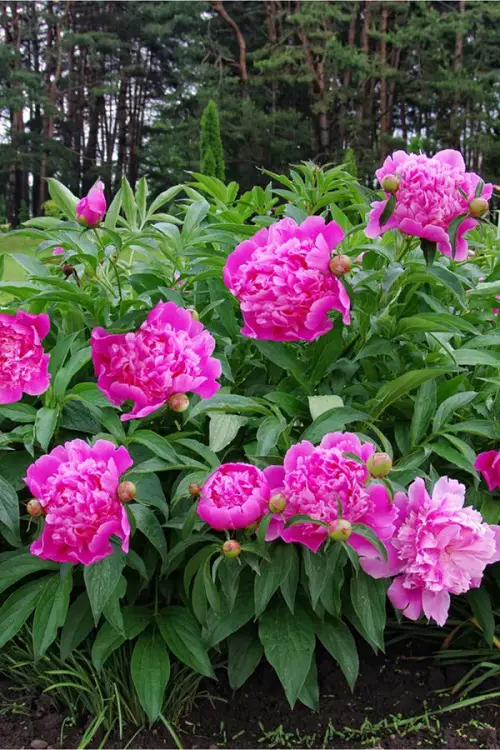
Botanical Name: Paeonia
USDA Zones: 3-10
These long-lived perennials can last for decades, producing showstopping flowers in shades of pink, red, white, and yellow. They prefer full sun or partial shade and well-draining soil.
2. Black Eyed Susan
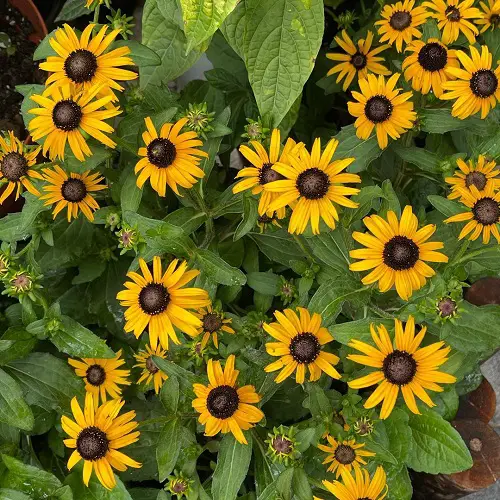
Botanical Name: Rudbeckia hirta
USDA Zones: 3-9
Black-eyed Susans produce sunny yellow or orange petals with a dark center, attracting bees and butterflies to your garden. They’re low-maintenance, drought-tolerant, and can thrive in both sun and shade.
3. Coneflowers
Botanical Name: Echinacea purpurea
USDA Zones: 3-8
Also called echinacea, coneflowers are tough and resilient plants that can withstand heat, drought, and cold weather. They produce stunning daisy-like flowers in shades of pink, purple, and white.
4. Columbine
Botanical Name: Aquilegia
USDA Zones: 3-8
Columbine is a delicate, dainty plant that is winter hardy but rarely lives beyond four or five years. It should not be planted near plants with excessive root growth.
5. Hostas
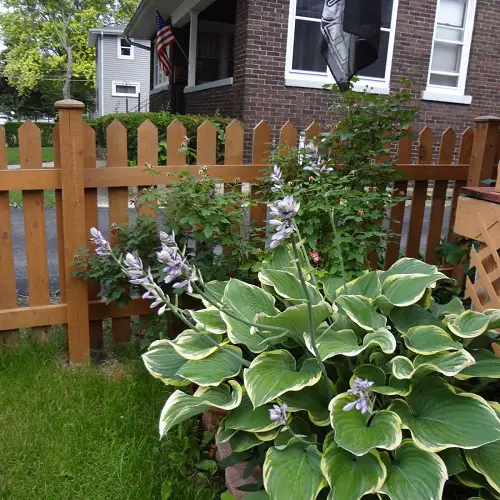
Botanical Name: Hostas
USDA Zones: 3-9
If you’re looking for a perennial that’s both beautiful and versatile, hostas are the way to go. These shade-loving plants come in a variety of colors and textures, from blue-green to gold and variegated.
6. Bearded Irises
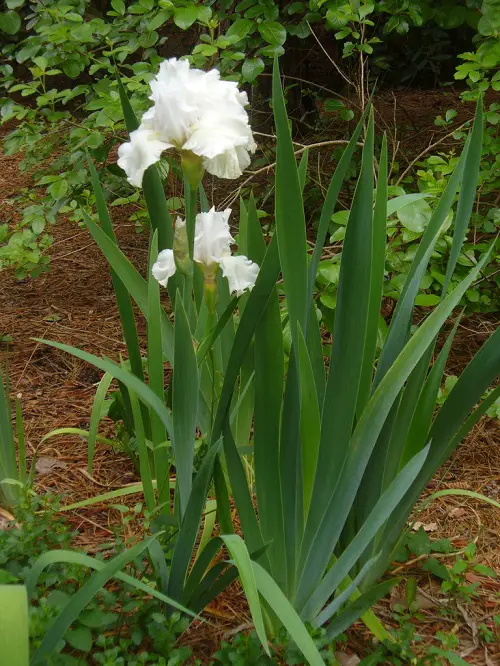
Botanical Name: Iris × germanica
USDA Zones: 3-10
These elegant and showy flowers come in a range of colors and patterns, including purple, blue, white, and yellow. Irises prefer full sun and well-draining soil, and they can thrive in a variety of climates.
Find out How Long Do Iris Bloom?
7. Daylilies
Botanical Name: Hemerocallis
USDA Zones: 3-9
As their name suggests, daylilies produce new flowers daily during their blooming season. They come in various colors, including yellow, orange, pink, and red.
8. Sedum
Botanical Name: Sedum
USDA Zones: 3-11
Sedums are a great option for gardens with poor soil or hot and dry climates. These succulent plants come in a range of shapes and sizes.
9. Salvia
Botanical Name: Salvia officinalis
USDA Zones: 4-10
This electric blue plant is loved by birds, bees, and butterflies. It can grow up to five feet tall and makes great-cut flowers. Salvia is heat and drought-tolerant.
10. Foxglove
Botanical Name: Digitalis
USDA Zones: 3-8
Foxgloves have tall and slender tubular blooms that are commonly used as cottage flowers or in the back row of a flower border. They need special care during winter months to bloom year after year.
11. Lavender
Botanical Name: Lavandula
USDA Zones: 5-10
Lavender is a popular and versatile flower that can last up to 15 years in a home garden. It’s not fond of shade or wet roots, so make sure it receives plenty of sunlight and well-drained soil.
12. Asters
Botanical Name: Asters
USDA Zones: 4-8
Asters are daisy-like perennials that bloom in late summer and early fall. They require minimal maintenance.
They bloom profusely when they get bright and indirect sunlight all day long.
13. Yarrow
Botanical Name: Achillea millefolium
USDA Zones: 4-8
Yarrow is a unique-looking plant that grows in clusters of yellow, red, and pink flowers. It has aromatic and remedial qualities and is used for its healing properties. Yarrow flowers are pest- and drought-resistant and attract butterflies.
14. Hellebore
Botanical Name: Helleborus
USDA Zones: 4-9
Also known as the Lenten rose, it is an early-blooming flower that can brighten up your garden in the winter months. It blooms between February and May and requires plenty of water during that time. This plant goes dormant during the summer months.
Find the Best Hellebore Varieties
15. Creeping Thyme
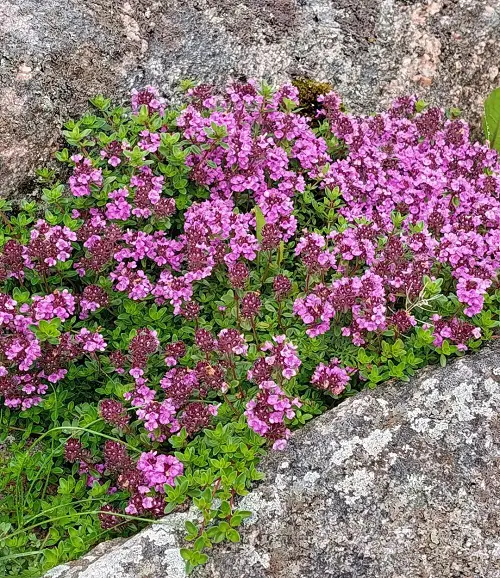
Botanical Name: Thymus serpyllum
USDA Zones: 2-9
Creeping thyme is a great alternative to a traditional lawn. It takes a year to get established. You can plant it over stepping stones or pavers. Give your backyard a makeover with this versatile and easy-to-grow ground shrub.
16. Catmint
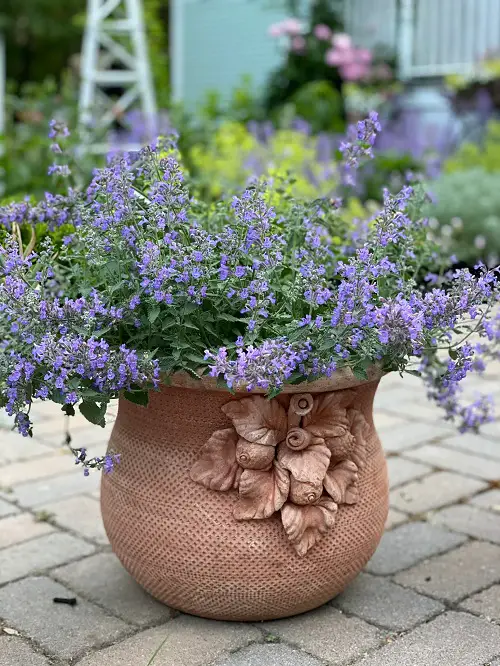
Botanical Name: Nepeta cataria
USDA Zones: 3-9
Although it may bear some resemblance to catnip, this bushy plant is not as appealing to feline companions. On the bright side, it also works wonders as an insect repellent.
17. Siberian Iris

Botanical Name: Iris sibirica
USDA Zones: 4-9
Siberian irises are a great perennial option, as they rebloom for years. These flowers are known for their beautiful foliage, even after the blooming period is over. Though they may be petite, they spread rapidly, so plant them in a spacious spot.
18. Bee Balm
Botanical Name: Monarda
USDA Zones: 4-9
This prickly plant, appropriately named, is an essential addition to any pollinator garden, as it is highly appealing to bees, butterflies, and hummingbirds. Known as “wild bergamot”, bee balm is not only attractive but also edible.
19. Geranium
Botanical Name: Geranium
USDA Zones: 4-9
Geraniums display diverse and beautiful blooms. Whether planted in a garden, as hanging plants, or grown indoors, these flowers thrive in any setting.
20. Allium
Botanical Name: Allium
USDA Zones: 3-8
Resembling dandelions, alliums are related to onions, shallots, and garlic, but they are purely ornamental and not meant for consumption. These hardy plants require minimal attention and can grow in the same spot for years.
21. Thrift
Botanical Name: Armeria maritima
USDA Zones: 4-8
Thrift plants may take their time to grow, but once they bloom in shades of pink, red, or white, their elegant and graceful appearance is worth the wait.
22. Ballon Flowers
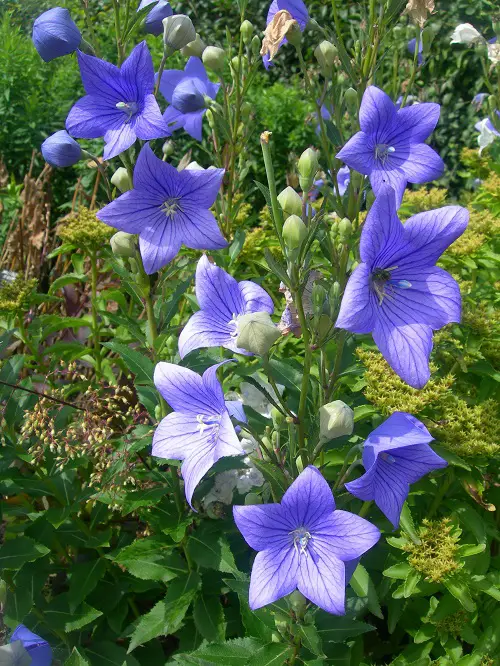
Botanical Name: Platycodon grandiflorus
USDA Zones: 3-11
These star-shaped flowers are not only stunning but also resilient. Balloon flowers are perfect for border gardens or rock gardens, as they can thrive in different settings.
23. Coral Bells
Botanical Name: Heuchera
USDA Zones: 4-9
If you want to add some intrigue to your driveway or backyard path, consider planting coral bells. For best growth, use well-draining soil and ensure they get plenty of sunlight.
24. Lamium
Botanical Name: Lamium
USDA Zones: 4-8
Lamiums are a great choice if you want a plant that helps eliminate weeds. As groundcover plants, they grow best in full or partial shade.
25. Roman Chamomile
Botanical Name: Chamaemelum nobile
USDA Zones: 3-9
Yes, Roman Chamomile flowers are an annual plant, so they will come back every year. You can be sure of enjoying their blooms for a long time to come!
26. Penstemon

Botanical Name: Penstemon
USDA Zones: 3a-7b
For that unsightly, dry, gravelly area of your garden, consider planting penstemons. Though they may seem delicate, these plants are surprisingly tough and can thrive in even the harshest conditions.
27. Chrysanthemum
Botanical Name: Chrysanthemum
USDA Zones: 5-9
These flowers are commonly called “mums” and come in various pastel colors. They require more care than other plants, including regular mulching, monthly fertilization, and adequate air circulation for optimal growth.
28. Bleeding Heart

Botanical Name: Lamprocapnos
USDA Zones: 3-9
The flowers come in a range of colors, from white to pink to red and purple. They bloom in the spring and summer months and are often planted in gardens for their beautiful blooms.
29. Tickseed
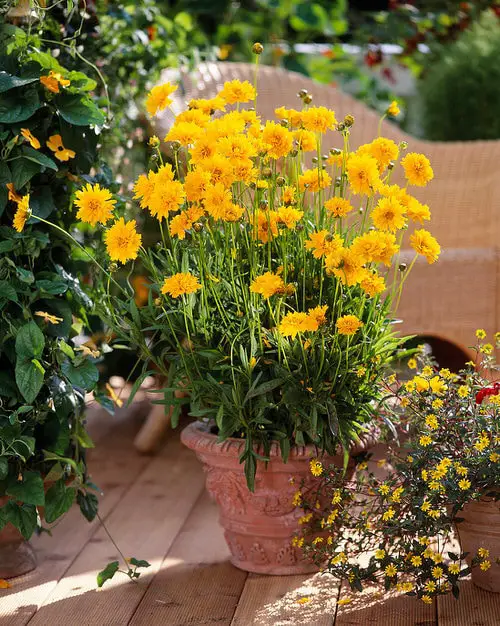
Botanical Name: Coreopsis
USDA Zones: 3-8
Although the most common type produces sunny yellow tickseeds, some varieties also yield exquisite pink flowers or bi-colored blooms with a contrasting center.
30. Bear’s Breeches
Botanical Name: Acanthus mollis
USDA Zones: 6-10
The impressive features of this plant include large, oakleaf-shaped leaves and tall spikes of white-lilac flowers. It has a tendency to spread aggressively, so it is crucial to ensure that it is given enough space to thrive.


